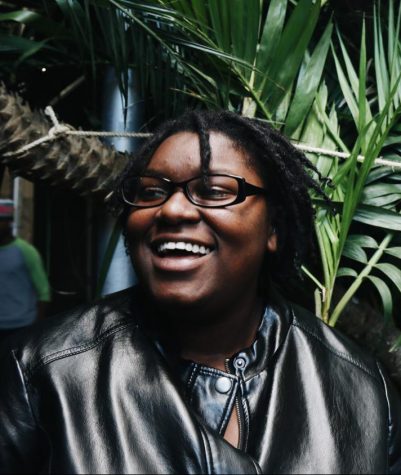Fordham’s Response to George Floyd Is Inadequate
June 16, 2020
Since the death of George Floyd on May 25, 2020, our country has been more politically and socially active than ever before. The Black Lives Matter movement has transformed from a controversial topic into a global phenomenon through our new mode of online activism. As a student body, we have seen a majority of our generation stand up to protect the lives of their Black peers and discover the power one has in using their agency to help others. However, even with the rise of social activism, immorality has continued. From our peers in the classroom to the very institutions sworn to protect us, Black, Indigenous and people of color (BIPOC) have been subject to various levels of racism and microaggressions that affect us mentally, emotionally and physically every day. As a Jesuit university and an institution that holds economic and educational power, the Fordham student body expects Fordham to do everything in its power to educate its students on the reality of racism in America and hold their white students accountable while simultaneously supporting all POC students on campus.
In the letter from Rev. Joseph M. McShane, S.J., on May 30, Fordham did not include any concrete actions to back up its claims of support and solidarity. While the newest letter stating Fordham’s commitment to cleaning up within the Bronx community is a significant improvement, there are many more actions that both Fordham campuses can take to ensure that they follow through with their promises of support. As stated by the Director of PR for Black Student Alliance (BSA), Sophia Henderson, Fordham College at Lincoln Center (FCLC) ’23, “As a student, it is nice to see, but if I’m being completely honest words are not as strong as actions.” While acknowledgment is helpful and appreciated, the student body would like to know exactly what steps Fordham plans on taking to ensure that they are on the correct side of history. Outlined below is a foundation on which Fordham can build their support. Furthermore, Henderson said, “I would rather have a statement with action that shows that Fordham is not only on the side of George Floyd, but others affected by police brutality, including their own students.” In standing up to our country’s deep history of racial injustice, Fordham can tell their students that they will not simply stand with us but fight with us as well.
What Fordham Could Be Doing:
Donate
Between the various donors and Fordham alumni whom the University has connections with, Fordham University could be helping to put money toward Black-led organizations. As a private institution that operates in many ways like a business, it is important that students and faculty know where Fordham is putting its money. In a conversation with Clint Ramos, head of design and production in the Fordham theatre department, Ramos emphasized the need for Fordham to speak with their dollars. “I need to see the receipts. As a University body we need to look at who we’re investing in and who invests in us.” Some organizations that have been doing amazing work and should definitely be invested in are The Bail Project, Know Your Rights Camp and The Brennan Center for Justice. Donating to these organizations will not only help to uplift the Black community in and out of the city, but could foster new connections that Fordham could provide to their students.
Hire More Black People
While there are a few Black employees at Fordham, the majority of them are employed as a part of the janitorial or dining services. Aside from the few Black professors and administrators, we do not believe that the majority of Fordham’s employees reflect the world at large. Having more BIPOC professors and administrators would not only shine a light on qualified BIPOC who are rarely hired within higher education but provide Black students with people they can look up to and professors who are able to sympathize and help them on a personal level.
Admit Black Students
While the fact that Fordham University is a $70,000-per-year private institution already hinders many low-income Black and brown students from attending, Fordham’s lack of recruitment for students of color is evident through the lack of representation within the student body. The Class of 2023 is one of the most diverse classes in Fordham’s history and that’s with over half of the student body being white, and only 4.4% being Black.
Create Space for Black Students
Being a minority in predominantly white institutions is often mentally and emotionally exhausting for students of color. Although the university is supposed to oversee the wellbeing of all their students, the work of creating space for BIPOC students to process with each other is usually left up to cultural clubs. At Fordham, great importance is given to the idea of “cura personalis,” or “care for the whole person.” As Daniel Alexander Jones, head of the Fordham theatre playwriting track, said, it is important that Fordham understands that “Care looks different for different people.” If Fordham is truly invested in caring for the whole person, they should care for the whole of their Black students as well. Through facilitating spaces on a university level, Fordham could be uplifting their students of color as well as the cultural clubs that aid in providing support to the student body.
To use the very same quote used by McShane, it is important for people to “Encounter the people who historically have been disenfranchised (and) continue to experience sadness and pain and more authentically accompany them, listen to their stories, and learn from them, finding substantive ways to enact systemic change. Such encounters will start to bring about the needed transformation of our understanding of true life, charity, and justice in the United States.” We hope that Fordham follows through with its Jesuit values and attempts to make actual change within the Black community and within our country. Fordham cannot claim itself to be an institution that fights for justice so long as it does nothing but issue empty words.












